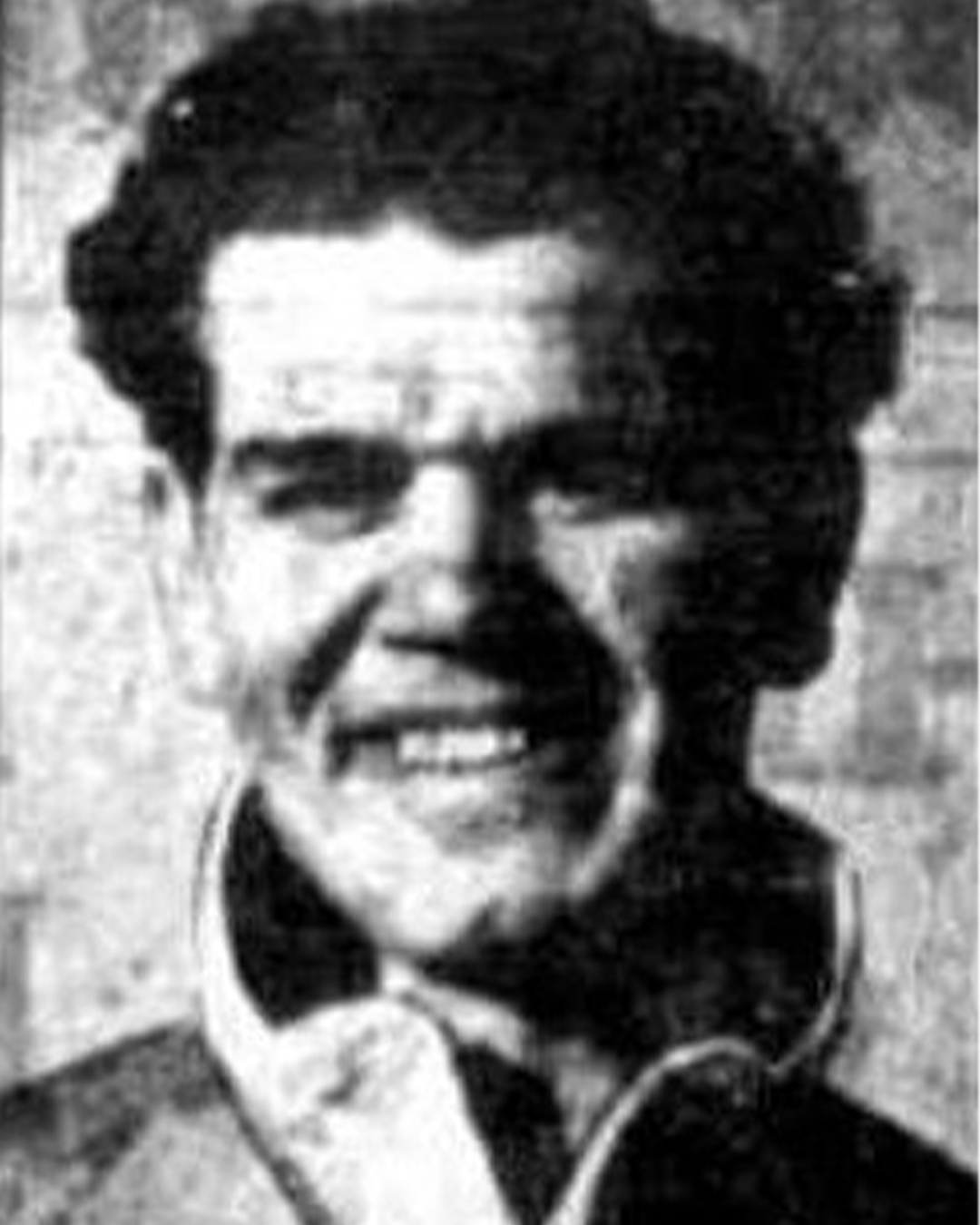______Warning: Aboriginal and Torres Strait Islander readers are advised that this story contains the name and image of a deceased Indigenous person.
Allan Carlyle Johnson, affectionately known as ‘Dick,’ was born in 1916 in Quirindi and grew up in the small village of Currabubulla near Tamworth. The younger brother of Lindsay ‘Lin’ Johnson, who played for Canterbury-Bankstown from 1940 to 1946, Dick Johnson's journey in Rugby League began at Tamworth High and continued with his hometown team in Currabubulla.
In the late 1930s and early 1940s, many Indigenous Australians were confined to reserves and treated as wards of the State, facing significant restrictions on their freedom of movement. Despite these challenges, the Johnson brothers made a name for themselves in Rugby League. Dick Johnson came to South Sydney on a speculative basis and impressed the selectors so much that he was picked for first grade after just one trial game. He made his first grade debut with South Sydney in round one against Balmain on 23 April 1938 at Leichhardt Oval.
Johnson became the sixth Indigenous player to play first grade for South South Sydney, following George Reynolds (1911), Alby Carr/Why (1924), Jack Why (1926), Lance 'Bob' Perry (1935), and Bill 'Chicka' Sutton (1936). Playing at fullback, he was described as a “sure handler, long kicker, who kicked with both feet, and a player with excellent judgment.” The Referee praised his play, likening his calmness to “a soldier on parade.”
Over the 1938 and 1939 seasons, Johnson played 29 games for South Sydney, scoring two tries and one goal, including playing in the losing 1939 Final against Balmain. After the war, he went on to play for Western Suburbs and Canterbury-Bankstown. Though there is no record of him playing in 1940, he played for Cessnock in the Newcastle premiership during the next two seasons and lived at the Austral Hotel in Cessnock. He also represented Country in both years and New South Wales in 1941, and the Rest of New South Wales in 1942 against the Fighting Services.
In 1943 and 1945, Johnson played for Western Suburbs, and from 1946 to 1948, he played for Canterbury-Bankstown, including the losing 1947 Grand Final. This marked the second time he played in a losing Final or Grand Final. Notably, he has the distinction of being the first known Indigenous player to represent New South Wales.

The official publication, Rugby League News, in 1961, highlighted Johnson as Australia’s top fullback at the outbreak of World War II, describing him as “a brilliant player and a clever runner of the ball,” who missed out on Australian selection due to the war.
Johnson’s representative record is impressive. He played for City in 1938-39 and 1945-46, accumulating four games and one try. He represented Country in 1941-42, playing two games, and made history in the 1941 interstate game by facing his brother Lin, who played as fullback for the City team. For New South Wales, he played 12 games, scoring one try across the years 1938-39, 1941, and 1945. He also played one game for the Rest of New South Wales in 1942.
During World War II, Johnson served in the Royal Australian Air Force as a Leading Aircraftman with the 9 Airfield Construction Squadron from 1942 to 1946. His name appears on the South Sydney Rabbitohs’ 2018 ANZAC jersey in honour of his service. After the war, he worked as a bus mechanic and later as a fitter.
Dick Johnson passed away on 14 April 1984 in Matraville, Sydney, at the age of 68, leaving behind a legacy as a pioneering Indigenous player in Rugby League.
Sources:
- Colin Tatz, Obstacle Race: Aborigines in Sport
- Charles Little, Through Thick and Thin: The South Sydney Rabbitohs and their Community
- Rugby League News
- The Referee; Sydney Morning Herald; The Sun






















































